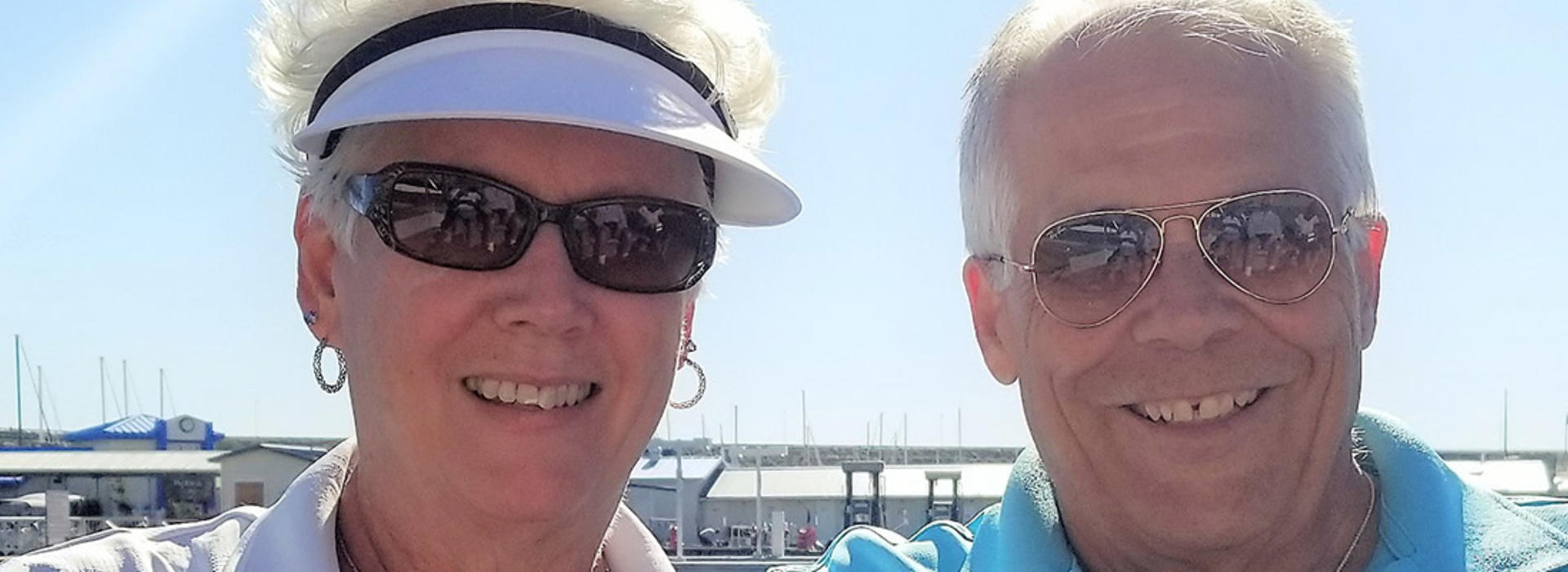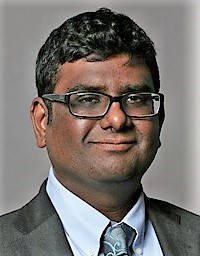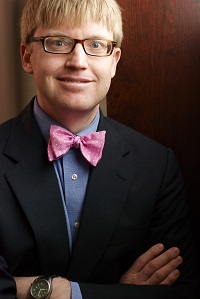
U of M specialists take novel approach to treating patient’s aneurysms, thanks to help from a medical device company
Imagine being told that you have three unruptured aneurysms. And one is being described as “giant.” You’d be shocked. Ham Lake, MN, resident Susan Kempf (pictured at right with her husband, Chuck) certainly was. But a creative approach taken by U of M neuro-interventional radiologist Bharathi Jagadeesan, MD, and neurosurgeon Andrew Grande, MD, prevented any of the aneurysms from rupturing.
Susan’s journey started in the summer of 2017 when she began having strange symptoms. Whenever she hit a bump in the road while driving, Susan felt pain deep in her brain. She also began to lose peripheral vision on her left side. It wasn’t until she started seeing colors differently that Susan decided to see a physician.
Because most of her symptoms were visual, Susan went to her eye doctor who referred her to Collin McClelland, MD, of the University of Minnesota’s Department of Ophthalmology and Visual Neurosciences. McClelland ordered an MRI. After the imaging session, Susan and Chuck were going to lunch when she got a call on her cell phone. It was from McClellan. “He told me to come back to the university immediately,” she said. As a retired nurse with 40-plus years’ experience, that made Susan “a little nervous.”
Aneurysm pressing on optic nerve
Upon their return, Susan and Chuck learned that she’d been referred to Jagadeesan, a member of the U’s Department of Radiology. “The MRI showed a giant aneurysm in the middle of Susan’s brain,” Jagadeesan explained. “It pressed on both optic nerves and had a complex shape that was fed by multiple arteries. In addition, several arteries branched off the aneurysm.”

Jagadeesan (pictured at left) realized that to treat this aneurysm, he would have to do something special. Working with Grande, they considered and discarded several treatment options. “It would be a high-risk surgery for her because of all the branches going in and out of the aneurysm,” said Jagadeesan. “Coiling wasn’t an option … it would just fill the aneurysm with metal, which would also put pressure on her optic nerve. There are devices called flow diverters that have enough metal in them that they reduce the flow of blood to the aneurysm over time and it eventually goes away. But the available FDA-approved flow diverters weren’t good options in this case, because they are designed for bigger arteries and require large catheters to be navigated deeply into the arteries in Susan’s head.”
Jagadeesan contacted California-based MicroVention, which makes a different kind of flow diverter called FRED, Jr. The FRED Jr device can be delivered through a smaller catheter making the procedure much less risky. “FRED, Jr. isn’t yet approved by the FDA [Federal Drug Administration] in the United States,” he said, “but because I have a lot of experience with flow diverters and have done complex procedures using other MicroVention products, the company was willing to let me use the device to treat Susan on a compassionate or emergency basis.”

Multiple permissions required
According to the FDA, using an unapproved device on an emergency basis is intended to give patients and physicians access to devices to treat life-threatening or serious diseases or conditions when there is no available alternative and no time to obtain FDA approval. Jagadeesan and Grande (pictured at left) also had to secure permission from the U of M to use the device and created a special consent form for Susan, who was not charged for the device.
After all approvals were obtained as quickly as possible, MicroVention flew in a clinical expert free of charge to help with the case. “We were open with Susan about all of this,” said Jagadeesan, “including telling her about a conflict of interest issue that I had with the company.”
Because of the arrangements that had to be made to obtain FRED, Jr., and the risk inherent with her condition, Jagadeesan asked Susan to spend the weekend in the hospital. Unfortunately, Chuck’s class reunion was being held at the same time. “Yeah, she ruined my whole weekend,” he joked.
Surgery went well
As soon as the hoops were jumped through, Susan’s surgery in mid-August 2017 only took three hours. “The procedure went remarkably well,” said Jagadeesan, who was assisted by Grande. “Because the aneurysm was supplied by two arteries, I put the flow diverter from one artery across the aneurysm and then closed off the other artery using coils. It was a slightly unconventional approach, but it was an unusual aneurysm.”
During the same procedure, Jagadeesan coiled Susan’s other blood vessel. “I thought it wouldn’t be good to have her under general anesthesia, so I brought her back to consciousness and did the coiling when she was awake,” he said. “I did this because I had to put the coils in a very specific area; otherwise, she would have lost function on half of her body.”
Awake during the procedure
Being awake was nerve-wracking for Susan. “At one point, when they got where they wanted to go, they asked me to move my fingers and I couldn’t,” she said. That signaled Jagadeesan and his team that they were in the wrong place and needed to reposition the coils. “We were very careful about how we proceeded,” he said. “Many physicians wouldn’t have done this part of the procedure awake, which would have negatively affected the patient.”
Looking back over the entire experience, Chuck said, “They explained everything they were going to do and made sure we knew what was happening. They always had a plan and a backup plan, which gave us confidence that everything would work out.”
“Dr. Jagadeesan was wonderful … the whole team was,” Susan added. “I can’t say enough about them. It was as good an experience as it could be.”
“And the food in the cafeteria wasn’t too bad,” Chuck added, laughing.
Ups and downs of recovery
Recovery was a bit of a rollercoaster ride for Susan … and for Chuck. “After the surgery, she started regressing and was nonresponsive for 24 hours,” he said. “They told us this was because she had some swelling in her brain. It was touch and go for a while.”
When Susan finally regained consciousness, a nurse standing beside her asked her if she, “knew this guy,” indicating Chuck, who was standing in the doorway of her room. Susan said, “Of course I do,” not realizing that she’d been unable to recognize him earlier.
During her recovery, Susan had some memory issues, which isn’t unusual. “When we went shopping, I couldn’t let Chuck out of my sight,” she said. “I’d be someplace and couldn’t figure out how to get out. It was awful.” Because they were concerned that Susan’s memory issues were seizure-related, neuropsychologist Eric J. Waldron, PhD, LP, ABPP-CN, and epileptologist/neurologist Zhiyi Sha, MD, PhD, performed a battery of tests on her, which helped rule out epilepsy as the cause.
Overcoming post-op issues
Gradually, Susan got better. She’s back to reading and doing puzzles. And her peripheral vision cleared up enough to allow her to start driving again, although she really has to concentrate on where she parks the car.
Overall, she believes that’s a small price to pay.
“Susan’s case highlights how our patients trust our judgement,” Jagadeesan noted. “When faced with a complex situation like this, we can come up with an approach that may involve something not yet released. It also highlights how medical device companies trust us to use their new devices. Our experience with the devices could impact the FDA approval process. They’re sticking their neck out for us … and for our patients.”



